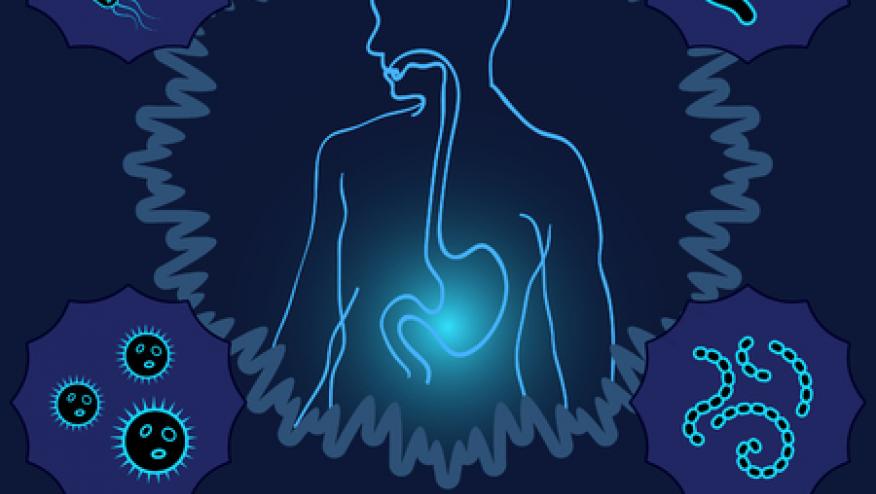IgA ACPA and Plasmablasts Point to Microbiome in Pre-Clinical Rheumatoid Save

Serum antibodies precede the development of clinical rheumatoid arthritis (RAby) by many years, and yet we still have much to learn about this preclinical phase. Of particular interest has been the observation that IgA anti-CCP antibodies are commonly encountered in patients with RA raising questions regarding the relationship of mucosal-associated immunity and breach of tolerance to this critical neoantigen.
In the current issue of Arthritis & Rheumatology, Kinslow et al shed light on the origins of the immunologic events preceding clinical RA and report their analysis of peripheral blood plasmablasts in subjects at high risk of developing rheumatoid arthritis, compared to patients with early RA (duration 1 year) and healthy subjects.
Subjects considered “at-risk” were those with no history or current evidence of inflammatory arthritis but had either a first-degree relative with RA, a genetic risk factor (shared epitope), ACPA and/or RF positivity.
What they did was analyze plasmablasts from these 3 groups on the single-cell level, and also utilized the sophisticated technique of barcoding, enabling them to sequence and analyze plasmablast heavy and light chains.
They found that IgA+ plasmablast levels were significantly higher in the high-risk group compared to the other groups (39% versus 1-9%). Conversely, IgG+ plasmablast levels were higher in the control and early RA groups compared to the high risk subjects (71-87% versus 37%). They also found that within the high risk group, the IgG+ and IgA+ plasmablast repertoires had similar sequence characteristics, indicating they are reacting to a similar antigen.
Lastly, they reported elevated serum levels of IgA isotype anti-CCP 3 antibodies in the at-risk group, suggesting that circulating IgA+ plasmablasts may contribute to IgA ACPA production in these individuals.
This study is interesting for several reasons, starting with its use of sophisticated laboratory techniques. More importantly, their finding of IgA+ plasmablast dominance and IgA ACPA in the at-risk population suggests the antigenic stimulus originates in mucosal surfaces (lung, gingival, gut), where IgA is most abundant.
These observations raise the importance for the potential role of the microbiome in early events leading to breach of tolerance to citruillinatedcitrullinated proteins and hence generate interest in not only how and where this may be occurring (i.e., lung, gut oral cavity) but also how greater understanding of gut associated immunity may ultimately lead to targeted therapies or even prevention in susceptible individuals.










If you are a health practitioner, you may Login/Register to comment.
Due to the nature of these comment forums, only health practitioners are allowed to comment at this time.